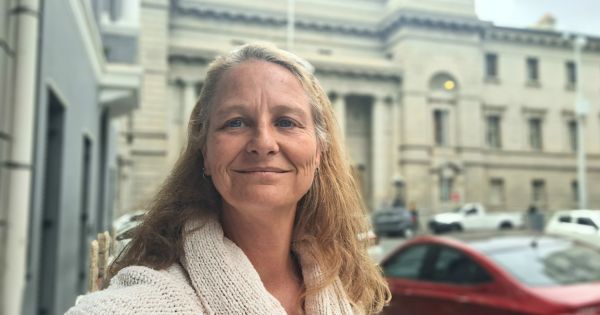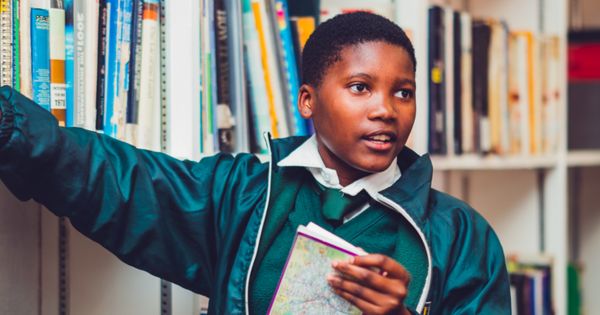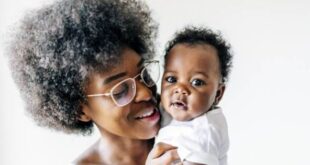Barefoot is best for little feet but there are times where shoes have to be worn for protection. These need to be as natural and simplistic as possible so that toddlers’ feet can do what they are naturally meant to do and develop correctly.
John and Nicole van Besouw noticed their young sons stumbling over tree roots and struggling to climb rocks during family walks in Cape Town’s forests. Watching their adventurous boys, they realised that the hard and thick-soled shoes the toddlers were wearing were hindering their movement.

As an occupational therapist, Nicole knew that incorrect footwear could negatively impact foot and overall development in children. “It’s natural for mums and dads to want to protect their children’s feet but it’s incorrect to think that toddlers need arch support or cushioning, even if their feet look flat,” Nicole explains. “In fact, science shows us that the opposite is true – the less cushioning they have the more the ligaments and muscles naturally strengthen.”
These ligaments are the primary structure for supporting the foot. “Forcing developing feet into the wrong kind of shoes will negatively impact gait (walking) and can even cause deformities.” she says.
As Dr Irene Davis of the Harvard Medical School states, “If we start our kids out wearing minimalist shoes, there will be no adaptation that is needed as adults and I believe that this could be one piece of the holy grail in reducing musculoskeletal injuries in adults.” 1
Footwear should support the foot’s physiological function and the shape and dimensions of the shoe should be the same as that of the foot. As the feet of children are still maturing, they are more vulnerable to external influences like shoes.2
The couple started researching barefoot-designed shoes for toddlers. Combining Nicole’s OT knowledge with John’s engineering expertise, they created a shoe from local materials that is made for movement, stability and natural play.
Since then, their handmade designs have been tried and tested by numerous kids to ensure they tick every box in terms of natural food development and barefoot shoe design. The success of these prototypes, and the feedback the couple received from parents, saw the launch of Common Tread Shoes in 2021.3
Five Kids’ Footwear Facts
Based on her research and experience, Nicole shares tips below that parents can use to ensure they are buying the best shoes for their little ones:
- Zero-slope from heel to toe and minimal cushioning – a heel on the shoe alters the position of leg muscles and the spine.
- A pliable sole that offers grip but still allows for optimal flexibility of the fore-foot during climbing, running and jumping. The foot needs to be able to absorb stress and adapt to all the various terrains.
- Minimalist, thin sole that allows optimal feedback (sensory input) from the environment – the foot is a sensory organ receiving messages to send to the brain – the more the child feels, the more confidence there is when moving about.
- Wide toe box – the toes should be able to splay in the shoe in a natural position – this improves natural foot function, stability during play, enhancing balance and proprio-receptive feedback.
- Soft, natural, toxin-free materials – parents should choose shoes made from natural materials. An example is a vegetable-tan leather lining that is breathable and naturally fights foot bacteria which causes foot odour. The shoes should also be light and easy to fasten so that children can put their shoes on themselves. This is important to encourage independence.
REFERENCES:
- Link to The Barefoot Movement conference discussion March 2021 https://youtu.be/5_dMrYWJf5A
- Mauch, M. (2009) as cited in Growing feet: Foot metrics and shoe fit in South African school-aged children and adolescents by Johanna Elsabé de Villiers. Dissertation presented for the degree of Doctor of Sport Science in the Faculty of Stellenbosch University (2017).
- Insert link to Common Tread Video. https://youtu.be/OTlXnVoIveY
 Kaboutjie SA Mommy Blogs by Lynne Huysamen
Kaboutjie SA Mommy Blogs by Lynne Huysamen





This is always a problem with my kids their feet is way different from mine, since young age they always bare feet and the shoes always make them sore but then I find out they have broader feet in front and even today my boys school schools is a problem I had get them a takkie to be comfy and no struggle. The school gave permission and now they allow to wear it. It’s so frustrating for me because I look for a certain shoes that not all is the same or quality. This post give me more info I need to know all I wanted is for them to be comfortable in their own shoes with confidence. Thank you so much.
I also found it really hard to find good shoes when my kids were younger, particularly when they first started wearing shoes! Choosing the right shoes that don’t hurt and are good for them to walk in is so important!